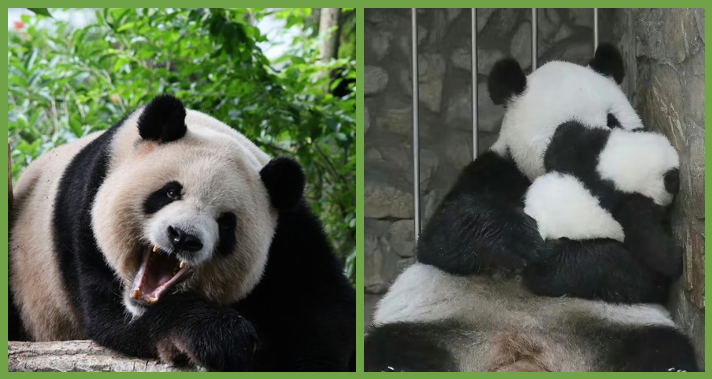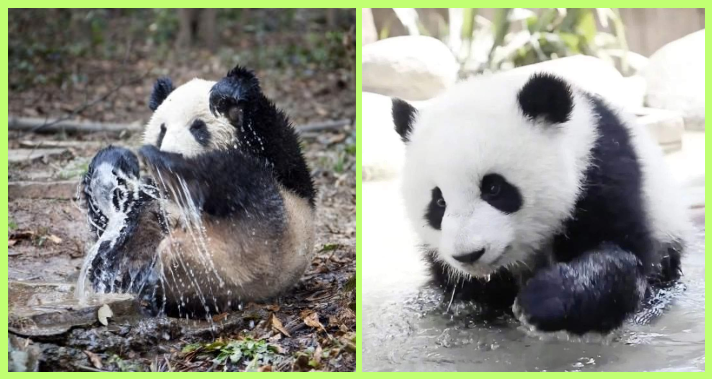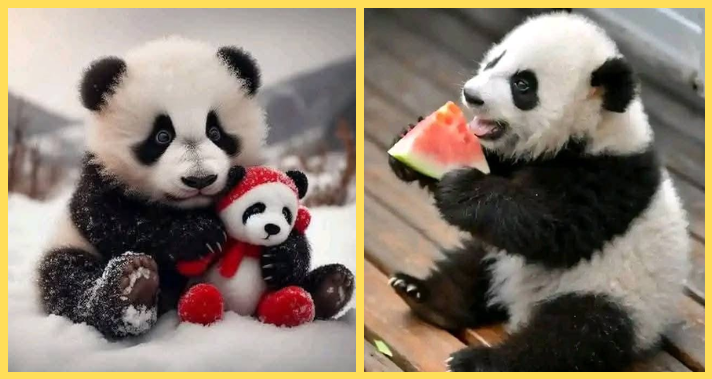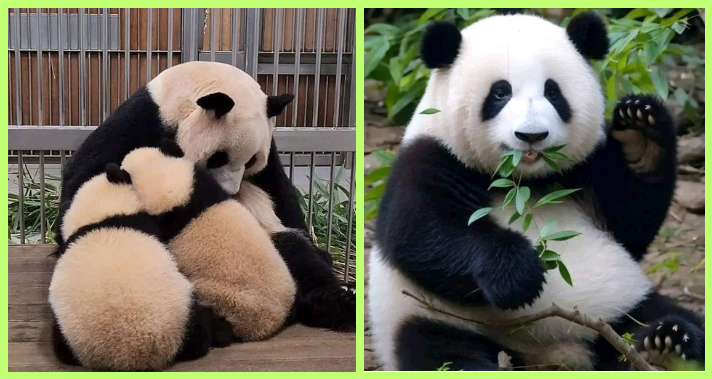Baby pandas are one of the smallest newborn mammals in the world in comparison to the size of their mothers. A giant panda mother is strong and heavy but her newborn baby is tiny, weak and extremely light. Many people are puzzled by this difference, and wonder why it is the case that baby panda are born so small. The answer is evolution, biology, body structure and patterns of survival for millions of years that has shaped panda. This blog is about the natural reasons behind this unusual feature of panda and how it affects their life, growth and survival.
Baby Pandas Are So Small
Panda belongs to the bear family, but in time, their body developed differently. Unlike many large mammals, panda have a short reproductive system and poor placenta. The uterus and placenta are the organ that connects the mother to her baby in the womb and is responsible for nutrition. In pandas this organ is not that advanced (this means that the baby is not getting enough nutrients to grow fully inside the mother). Due to this the baby is born early and very small. This biological design is so that the mother can carry the baby inside her body for a short period of time and the rest of the growth occurs after the baby is born.
One of the major reasons for the small size of the newborn pandas is the diet of the mother. Pandas feed on mostly bamboos which is very poor in nutrition and energy. Even if they are eating a large amount of bamboos every day, their bodies do not get high levels of protein or fat. This diet does not help in the growth of a large baby inside the womb. The process of carrying around a fully developed baby takes more energy and nutrients than can be supplied by a panda’s body. To survive on their poor energy diet, panda have adapted by having very small and undeveloped babies. This helps the mother to save energy and avoid stress on her body during pregnancy.
#1. Eating fresh green bamboos leaves
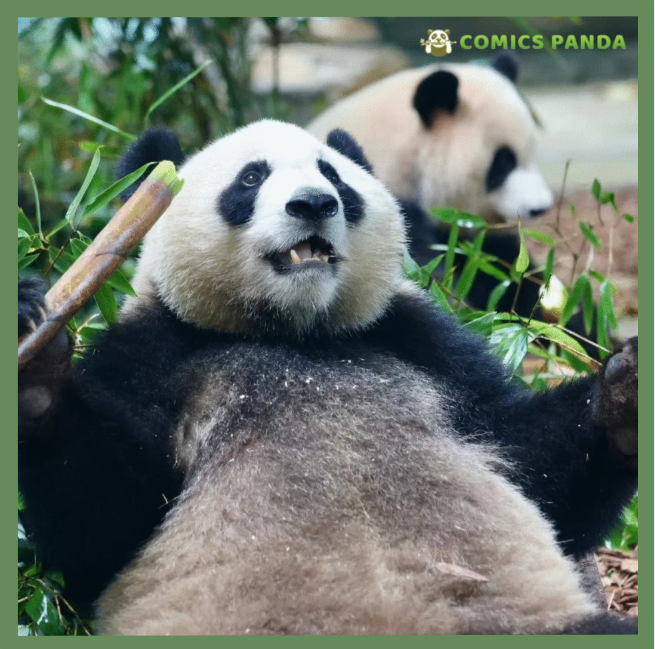
#2. Looks so cute how mother panda holds baby
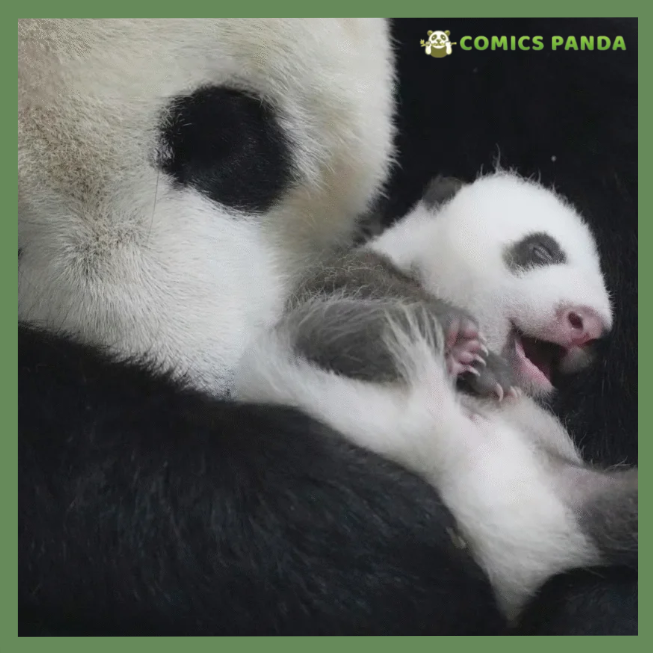
Panda has short gestation period which means that their baby’s time to remain inside the mother is lesser as compared to other large mammals. In addition to this, panda have a process called delayed implantation. Once mating takes place, the fertilized egg does not immediately attach to the womb. It waits for the right time when the mother’s body is in a position to support it. This delay causes the actual growth period inside the womb to be even less. As a result, the baby does not get enough time to fully develop and is born in a very early stage of life. This is the reason why baby pandas are so underdeveloped at the time of birth and require long-term care from their mothers after birth.
#3. Ready to escape with basket

The reason why pandas have such small babies has also to do with the way in which they evolved. Millions of years ago, their ancestors also used to feed on meat like other bears. But gradually they switched to bamboo as their food. Bamboo was always available in their forests but it did not provide high energy. In order to survive on this low-energy food, their bodies had to change. Their metabolism slowed down, their way of life became calm and there was an adjustment in their reproductive system for this new life. Giving birth to small babies became a part of their survival method. It is better for a panda to give birth to a small baby that it can care for than it is to lose energy to a larger baby that it cannot care for.
#4. Pandas love to relax in different awkward positions

#5. Do not try to make me look angry

Pandas are born very small and this is a struggle for them. The baby is born with its eyes closed, very little fur and almost no strength. It is not able to walk or even hold its head up. Its body temperature is low and it requires warmth from its mother in order to survive. It also depends totally on the mother for milk because it is not capable of eating and digesting anything else. The mother must protect the baby, keep it warm and feed it regularly. This phase needs great attention and care. While many animals give birth to young ones who can move shortly after their birth, baby pandas stay helpless for a long period of time. Due to the early nature of the births, a significant portion of the baby’s growth occurs outside the mother’s body. This is known as external development.
#6. Baby panda looks so tiny in front of mother panda
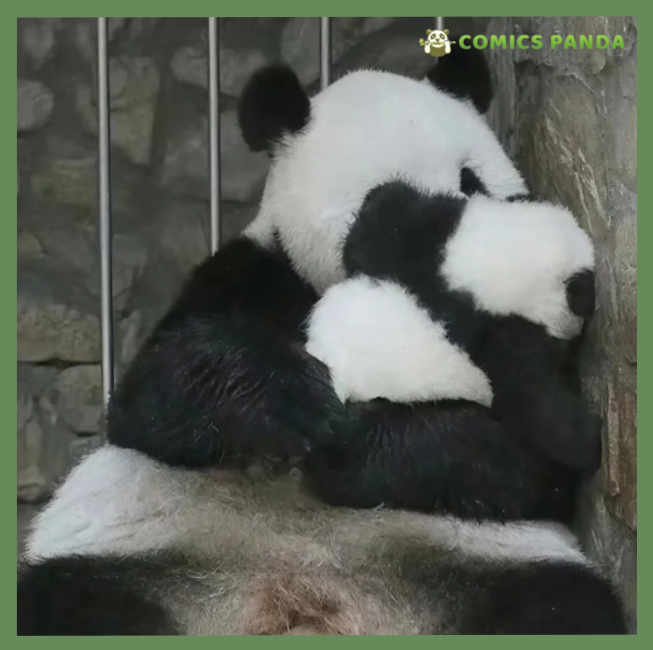
#7. Baby panda looks so cute
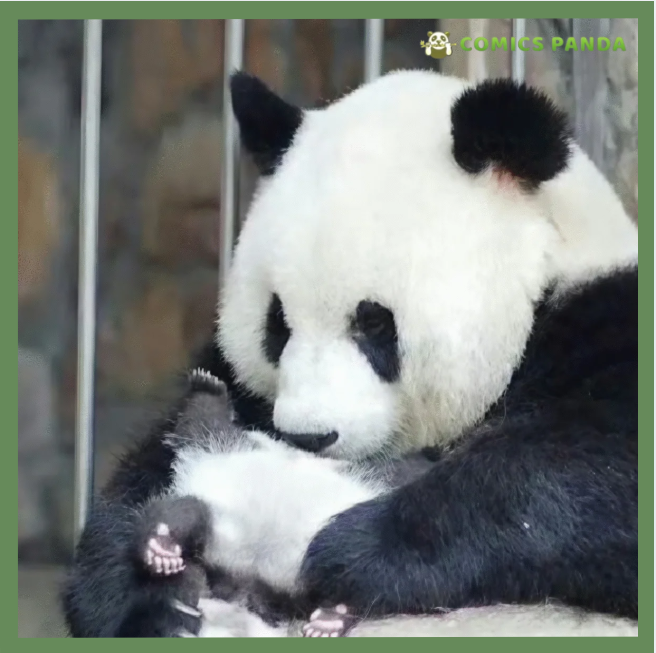
The baby grows slowly but with constant care and milk begins to gain weight and strength. Its fur starts growing after several weeks, and its eyes open. It begins to move around, stretch the body out and develop muscles. The mother plays a very important role during this time, as the baby is still quite weak to live on its own. Over time, the baby grows more powerful and more active, although still close to the mother in order to be safe and warm. The fact that people were born so small others may assume that it may be regarded as a one of their weaknesses but in reality, a clever trick used by panda to survive. If pandas attempted to give birth to large and fully-grown babies, their bodies would not be able to support their large children due to their low-nutrient diet. This might have a detrimental effect on the maid and the baby.
#8. Pandas spends most of the time in eating

#9. Pandas love to help each other in getting their food
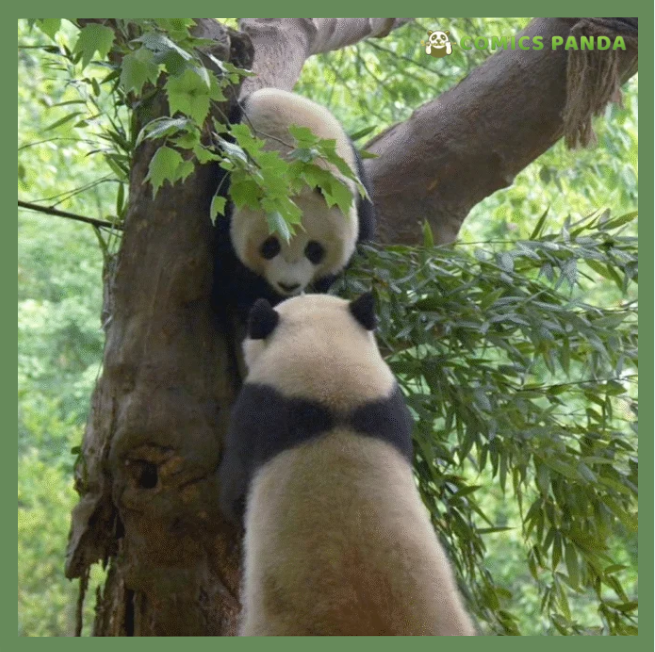
Instead, nature has granted pandas to give birth to their babies early when the baby is still tiny and easier for the mother to carry and protect the baby. This lowers the risks for pregnancy and birth. Pandas then use time and care in that help their babies grow safely in the outside of the womb. The small size of the baby panda also forms a very strong bond between the mother and the cub. Since the baby requires warmth, milk, and security, he remains very close to the mother for many months. During this time the mother becomes very protective and caring. She devotes most of her time to keeping the baby safe and alive. This deep connection helps the baby to survive the early stages in life.
#10. Newly born pandas require a lot of care
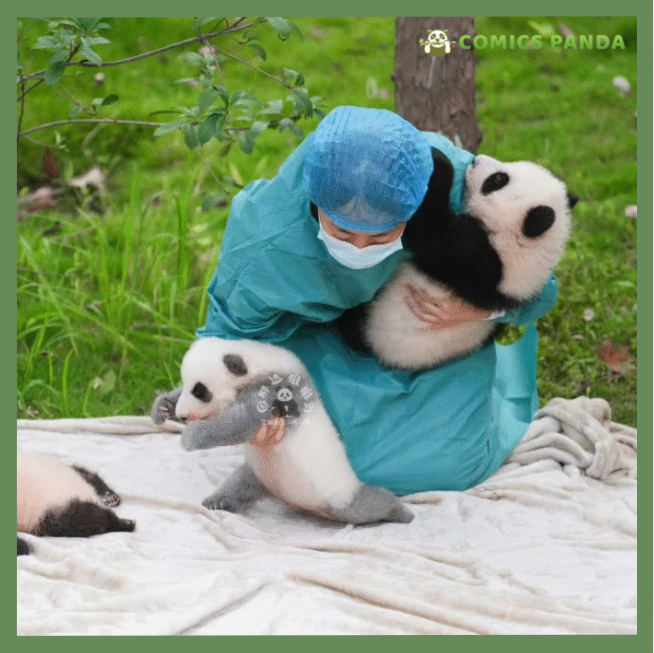
The birth of the tiny baby pandas may be unusual to observe, but it is part of the design of nature to help them survive in their environment. Every feature of panda’s life from their diet, energy use, connected to this way of birth. It illustrates the ways in which nature finds ways to balance life and survival. The small size of the cub is not an error or weakness. It is a consequence of many years of adaptation to life in bamboo forests, where resources, particularly energy, are limited and survival relies on the smart use of resources. In case the reading of this blog was enjoyable, you can pass it on to people who have an interest in learning about pandas and animals in general. You should not miss our site where more entertaining posts and news can be found.

